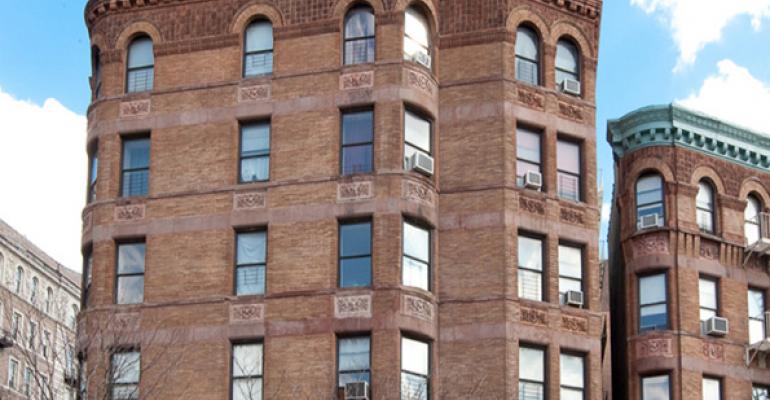There are 5.6 million market-rate apartments left in the U.S. that are affordable to low and moderate income families. Preserving them as affordable represents a unique opportunity for real estate investors to earn economic and social returns, strengthening communities and addressing America’s growing housing affordability problem.
Adjusting for inflation, rents rose 7.0 percent, while renter incomes fell 9.0 percent between 2001 and 2014. This growing gap between rents and incomes, paired with an increasing number of households choosing to rent instead of buy and the inability of new construction—the vast majority of which is high end—to keep pace with demand has led to record levels of people, 21.3 million renters, paying more than they can afford on housing. And the problem is projected to get worse.
Any serious solution to addressing it must involve increasing supply through new construction and preserving existing affordable (market-rate and subsidized) homes. Roughly 3 million of the 5.6 million “naturally occurring” affordable homes left nationwide were built in the 1960s and 1970s, during what was in hindsight a multifamily construction boom: 11 million multifamily apartments were created over those decades, while only 6 million have gone up over the past 20 years. Four to five decades old, many are in need of repair and at risk of being taken upmarket and out of the already limited affordable supply.
Investors should view this naturally occurring affordable stock as an opportunity to acquire and preserve market-rate housing, make improvements and keep rents affordable. The real estate industry is in the early stages of a concerted effort by mission-driven players to harness this opportunity. A number of organizations are creating investment vehicles to finance the acquisition and preservation of existing affordable and workforce rental housing by responsible operators, including my company Enterprise Community Investment. But, if we don’t move quickly and with purpose, our affordable preservation opportunity could be lost.
When families pay more than they can afford on rent they suffer, along with our economy and our country. People with unaffordable rents are often left with little to spend on necessities, let alone other goods and services (household spending accounts for more than two thirds of economic output nationwide). All too common are daily trade-offs between making rent and paying the electric bill or going to the doctor and buying healthy food. Meanwhile, a burgeoning body of research shows the significant impact of stable and affordable housing on health, education and economic well-being. Without an affordable home, it’s hard for students to succeed in the classroom, for parents to excel in the workplace and for families to stay healthy.
The economic and social repercussions of America’s housing affordability challenges ripple throughout every community. Real estate investors have a unique opportunity to help. While investments in the preservation of affordable market-rate housing stock are unlikely to yield the 20 percent returns some traditional real estate funds may target, they offer other incentives. In addition to their social impact, they often provide lower risk and reliable returns that can help hedge against higher risk real estate investments.
As a country where more than one in four renters, 11.4 million households, now pay greater than half of their income on rent, we must address the problem of rising numbers of people spending increasingly unsustainable amounts on places to call home. By seizing this preservation investment opportunity, real estate investors will be an important part of the housing affordability solution.
Charles Werhane serves as president and CEO of Enterprise Community Investment.

